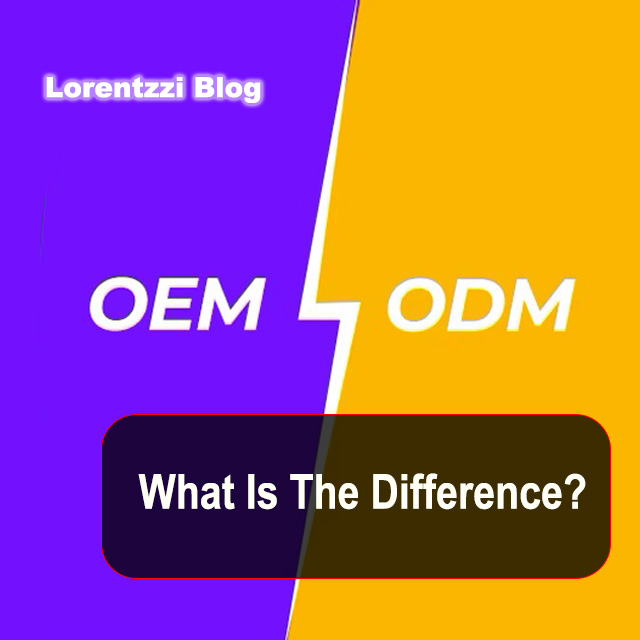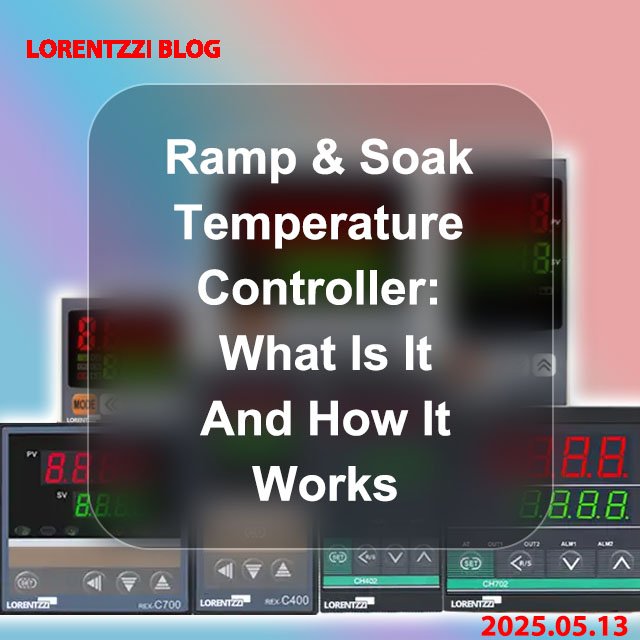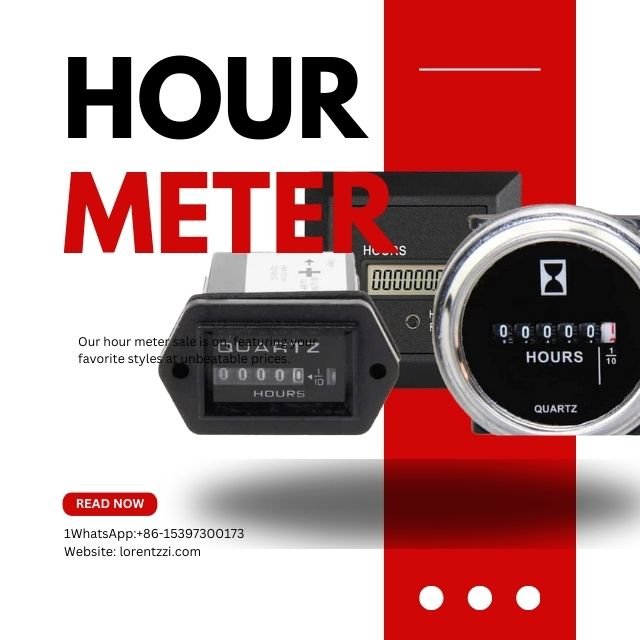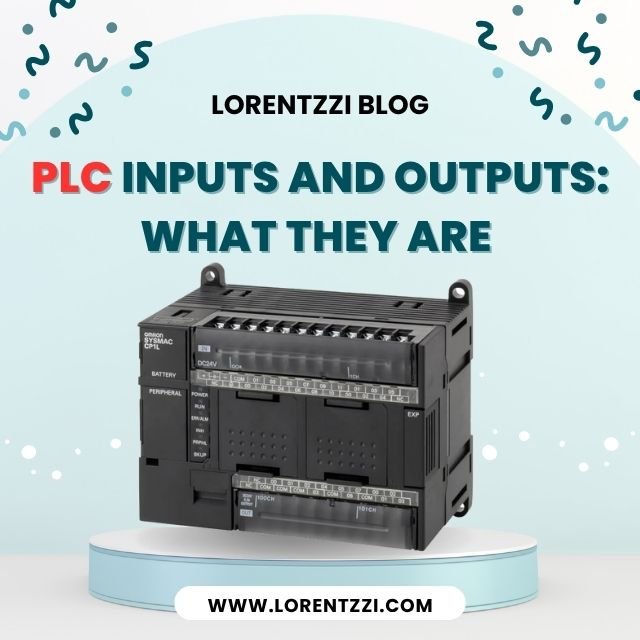When finding the right supplier for the products you want to produce in China, the suppliers always said they could produce under ODM or OEM terms, so what is the ODM and OEM, and what are their differences? Today we will introduce them in detail.
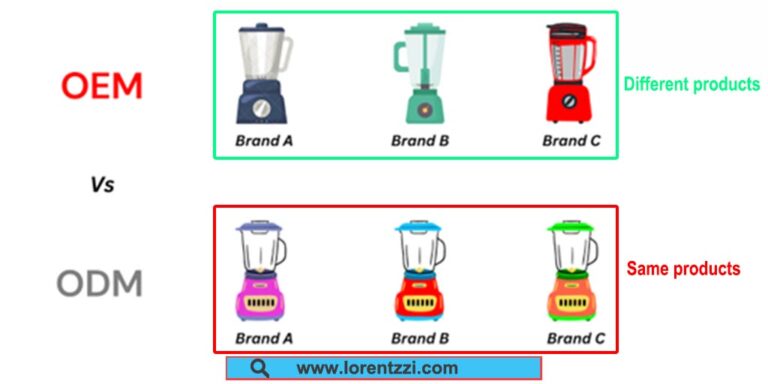
Table of Contents
What Is ODM?
ODM is the abbreviation of Original Design Manufacturing, which refers to manufacturers that can produce their own products under your brand. The product already exists in the market or is a standard commodity. Of course, to get this kind of service, you must have your own brand first. But what are the pros and cons of ODM service? Let’s make an explanation.
Pros and Cons Of ODM
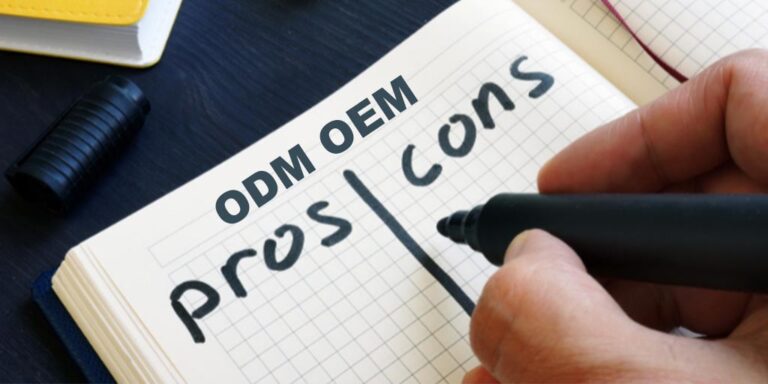
Pros for brand holder
- Reducing costs: By outsourcing production, the brand holders can focus on marketing, thereby reducing production costs. This in turn reduces product costs and improves product competitiveness.
- Increase production efficiency: Brand holders can quickly increase production capacity to meet market demand through ODM. Their approach is to provide their brands to different trusted suppliers so that they can produce as many products as possible in a very short time.
- Save time: Brand holders can spend more time on other important parts of the business instead of the production.
- Adapting to the market and avoiding risks: Through ODM outsourcing, brand holders can flexibly adjust production according to market demand and reduce market risks.
Pros for manufacturer
- Learning experience and improving management: ODM producers can improve production management ability through bulk production for the brand holders’ requirements.
- Product innovation and improving product quality: ODM producers can improve their own technical strength and increase the length and depth of product lines under the instruction of brand holder’s management.
- Rational allocation of resources: Enterprises can more effectively allocate limited internal resources and improve the efficiency of business management.
- Save money: The producer can only focus on the production, which saves money on marketing and brand promotion.
Cons for brand holder
- High order quantity from producer: Manufacturers usually have high order quantities: Manufacturers often have MOQ (minimum order quantity) requirements, which can put a lot of budget pressure on brand owners.
- Lack of quality management: Brand owners have weak control over the production process, which will lead to low product quality, so it is crucial to find a reliable ODM service provider. In addition, a quality inspection team can be sent to conduct pre-shipment inspection or random inspection of ODM products. Or training can be provided to the ODM factory to improve the factory’s management and production capabilities.
- Over-reliance on ODM: Brands may be over-reliant on ODM production, which may have a negative impact on brand influence, leading to a lack of product innovation.
- Pressure from competitors: Since the product is a conventional product, you can do ODM, and your competitors can also do it. If their purchasing quantity and ability are stronger than yours, they will erode your market share.
- Product lacks innovation: ODM is a service that any brand can do, which means that competition will be very fierce and profits will become thinner and thinner over time. In order to ensure a certain profit, brand owners are advised to innovate the design of their products themselves. That is the OEM that we will explain later in this article.
Cons for manufacturer
- Lack of understanding of end-user and market needs: ODM companies cannot directly understand the needs of end users, which will affect the market adaptability of products.
- Weak cost advantage: With the intensification of industry competition and the increase in labor costs, the market advantages brought by explicit factors are gradually being impacted.
- Low profit: Since producers do not have their own brands exposed in the market, most of the profits are shared by brand owners, so producers can only make a meager profit during the production process.
What Is OEM?
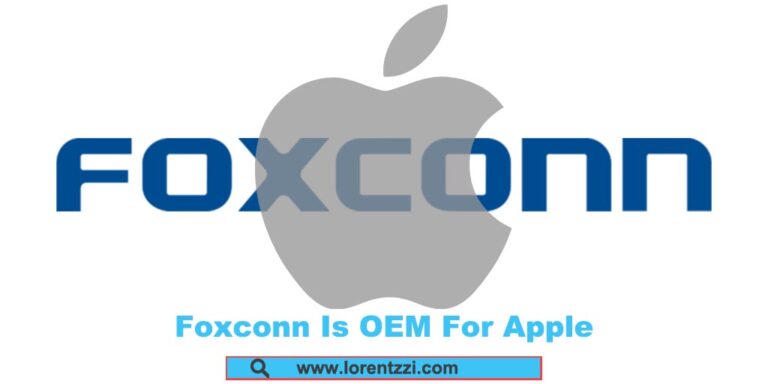
OEM is the abbreviation of Original Equipment Manufacturing. Under this condition, the relationship between the brand and the manufacturer is that the brand has the ability to design and develop products, while the manufacturer can produce according to the brand’s design. A typical example of OEM is Apple and Foxconn. Apple phones are designed in California, and Foxconn is responsible for producing for Apple.
OEM requires high development and design capabilities from brand owners. Of course, this will also be more beneficial to brand owners because the products produced are unique, more distinctive and more competitive than common products.
Pros and Cons Of OEM
Pros for brand holder
- High profit: As the exclusive owner of the product, brand holders can set prices without worrying about direct competition from similar branded products. This can lead to higher profit margins, as seen with Apple’s iPhones, where profits can exceed 50% per unit.
- Low competition: OEM products are often unique due to proprietary designs, software, and patents. This exclusivity reduces market competition, allowing brand holders to maintain a competitive edge.
Pros for manufacturer
- Steady order volumes: OEM manufacturers often benefit from long-term contracts, ensuring a steady stream of orders and revenue.
- Economies of Scale: Producing large volumes for brand holders can lead to cost savings through economies of scale.
- Specialization: Manufacturers can focus on their core competency of production, improving efficiency and quality.
Cons for brand holder
- Developing cost high: Creating unique products with OEM can be expensive, as it involves research and development, design, prototyping, and securing patents.
- Invest more time: The process of developing an OEM product can be time-consuming, from conceptualization to market launch, which may delay revenue generation.
Cons for manufacturer
- Low profit:Manufacturers often have lower profit margins as they are typically the production arm and receive a fixed contract price.
- Invest more time: Meeting the specific requirements of brand holders can be time-intensive, especially when it involves custom designs and features.
- Increased personnel management costs: OEM manufacturers need to manage larger workforces to meet production demands, which can increase labor costs.
Conclusion
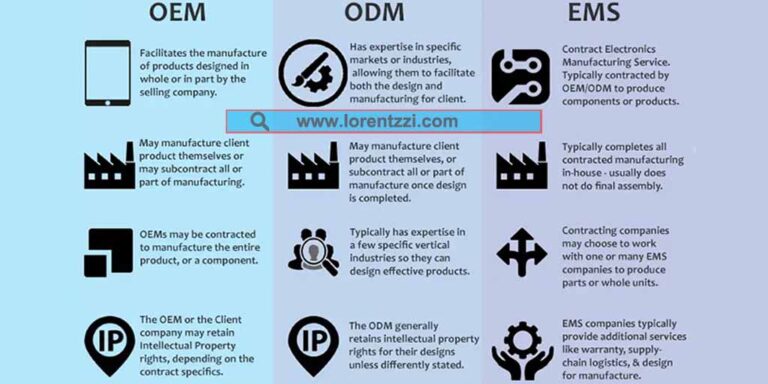
Simply put, OEM is original equipment manufacturing, and ODM is private labeling. An example may make it easier to understand: OEM: Apple entrusts Foxconn to assemble products, which is OEM, because Apple is responsible for research and development, design, and sales, but does not have assembly capabilities, so it entrusts Foxconn to do it, which is OEM. ODM: Those true wireless headphones on the market that look similar have almost the same appearance, functions, and effects. Even any internet celebrity can sell their own true wireless headphones by creating a brand. This is ODM.
We, Lorenttzzi, is a company that is good at providing ODM and OEM services for your pid temperature controllers, solid state relays, proximity sensors, incremental rotary encoders and timers and counters, we sincerely welcome customers around the world to let us produce for you.

